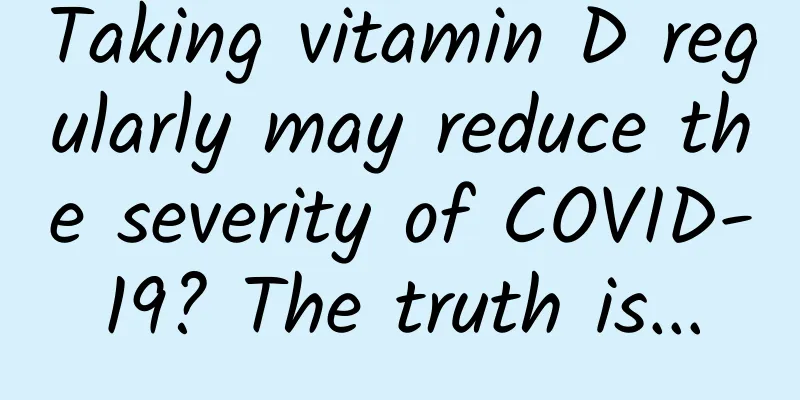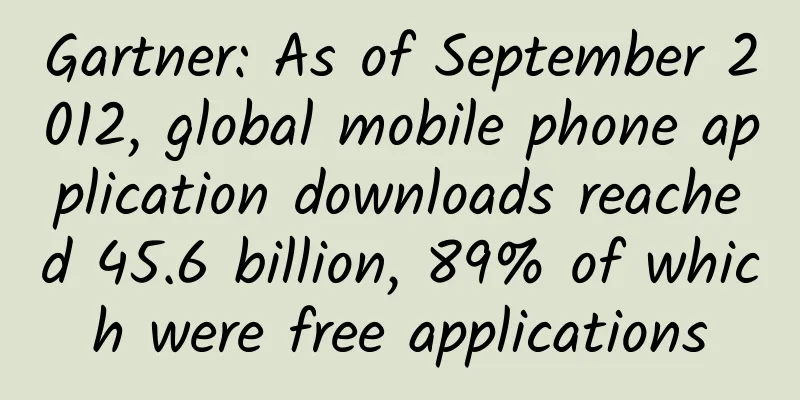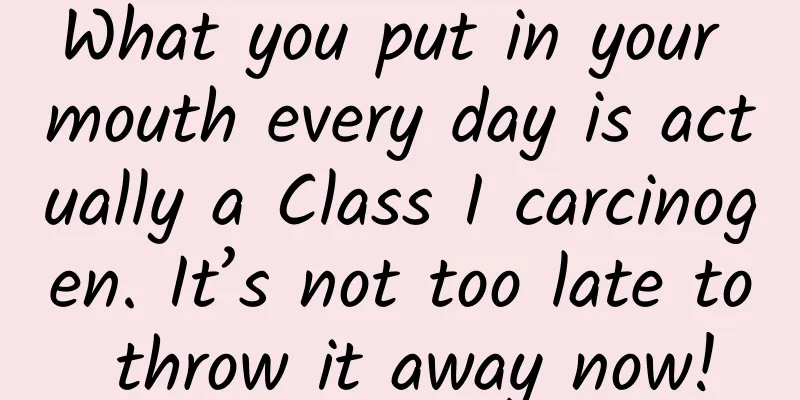The truth that 95% of people don’t know! Is it the cause of abdominal pain and fever?

|
Cholecystitis, a seemingly insignificant disease, actually affects the health of many people. Its incidence rate is close to 4%, especially among urban residents and adults, and the elderly are a high-risk group. So, in the face of this potential health threat, how can we identify the symptoms of cholecystitis? And how can we effectively prevent it? Cholecystitis: a "minor illness" that should not be ignored Although cholecystitis is usually not life-threatening, its symptoms, such as fever and abdominal pain, are enough to seriously affect the patient's quality of life. More seriously, some acute cholecystitis may develop into gallbladder gangrene, gallbladder perforation, and even cause septic shock. Especially for patients with underlying diseases such as heart disease, cholecystitis may also induce heart disease, thus endangering life. In addition, if chronic cholecystitis is not cured for a long time, there is also a risk of cancer. The incidence rate is close to 4%. How much do you know? Although there is no detailed epidemiological data on cholecystitis nationwide, domestic reports show that the incidence of chronic cholecystitis in adults is between 0.78% and 3.91%, while the incidence of acute cholecystitis is about 3% to 4.5%. The high incidence of nearly 4% reminds us that cholecystitis is not a rare disease. It is particularly noteworthy that cholecystitis is more common among urban residents, with a higher incidence in adults and the elderly, and the number of female patients is about twice that of male patients. 95% of cholecystitis is related to cholelithiasis About 95% of cholecystitis is caused by cholelithiasis, which is mainly caused by stone impaction and retrograde infection of intestinal bacteria or invasion through the blood circulation. Although non-calculous cholecystitis accounts for a lower proportion, it is also a cause of concern, as it is more common in the elderly, critically ill patients or patients after major surgery. Cholecystitis and gastric disease: How to distinguish them? Since the onset area of cholecystitis is close to the stomach, many patients tend to confuse the two. Professor Jian Zhixiang pointed out that the typical manifestation of cholecystitis is a positive Murphy's sign, that is, when pressing the midpoint of the right clavicle and the junction of the costal arch, the patient will experience tenderness or rebound pain. Gastric disease is often manifested by indigestion symptoms such as fullness after eating, acid reflux, and belching. Of course, the most accurate distinction still requires medical examinations such as B-ultrasound and gastroscopy. Treatment and prevention: scientific response, stay away from greasy Regarding the treatment of cholecystitis, Professor Jian Zhixiang suggested that acute cholecystitis is usually treated with conservative medical treatment, including antispasmodics, analgesia and antibiotics. If the condition recurs after the inflammation subsides, or there are surgical indications, such as gallstones or significant thickening of the gallbladder wall, cholecystectomy should be performed in a timely manner. In terms of prevention, a reasonable diet and weight control are the key. Patients with cholecystitis should follow the principles of a regular, light, low-oil, low-fat, and low-cholesterol diet, and avoid eating a lot of greasy food. At the same time, they should exercise properly, maintain a stable weight, avoid obesity, and develop good living habits, such as regular work and rest, emotional stability, etc. In addition, regular check-ups are also essential so that doctors can adjust treatment plans in a timely manner according to the condition. Although cholecystitis is not an incurable disease, its high incidence and potential serious complications cannot be ignored. By understanding the causes, symptoms and prevention methods of cholecystitis, we can better protect the health of ourselves and our families. As Julian Cheung said, "The future is far from greasy", let's start with our daily diet and stay away from the troubles of cholecystitis. |
<<: Anti-depression exercise ranking: No. 1 is not running or walking, but…
>>: In case of burns or in a moment, first aid knowledge is very important
Recommend
Facing this summer's flu, how to "know yourself and know the enemy" to avoid being infected
Recently, the positive rate of influenza testing ...
Teach you how to read urine routine
Author: Chen Zhou Shanghai Changhai Hospital Revi...
What is the standard weight gain after pregnancy?
Measuring the weight of pregnant women is an impo...
How long does it take to get your period after an abortion?
Many female friends unfortunately become pregnant...
Breast pain disappears and menstruation will come
There are more or less some problems before, duri...
Recovery chart after female-to-male surgery
The desire to live and be accepted by the public ...
[Medical Q&A] Which drugs may cause deafness in children?
Author: Zhao Shouqin, Chief Physician, Beijing To...
Why do I have lower abdominal pain every time after having sex?
Many women experience lower abdominal pain after ...
What should women do if they have breast hyperplasia?
A woman's breasts are her pride, and healthy ...
What if I can't get a strong positive result during ovulation?
Couples who are preparing for pregnancy want to c...
The dangers of strenuous exercise during menstruation
There are always a few days every month when wome...
CounterPoint: China's smartphone market sales to increase 1.5% year-on-year in 2024, with Huawei leading the way with a 36% increase
According to a report by market research firm Cou...
Control blood pressure and live a healthy life
Control blood pressure and live a healthy life Hy...
Pregnant women eating hot pot on induction cooker may cause malformation
All electronic products carry radiation, it’s jus...
What is the function of olive oil? The efficacy and function of olive oil
Olive oil has a history of thousands of years in ...









